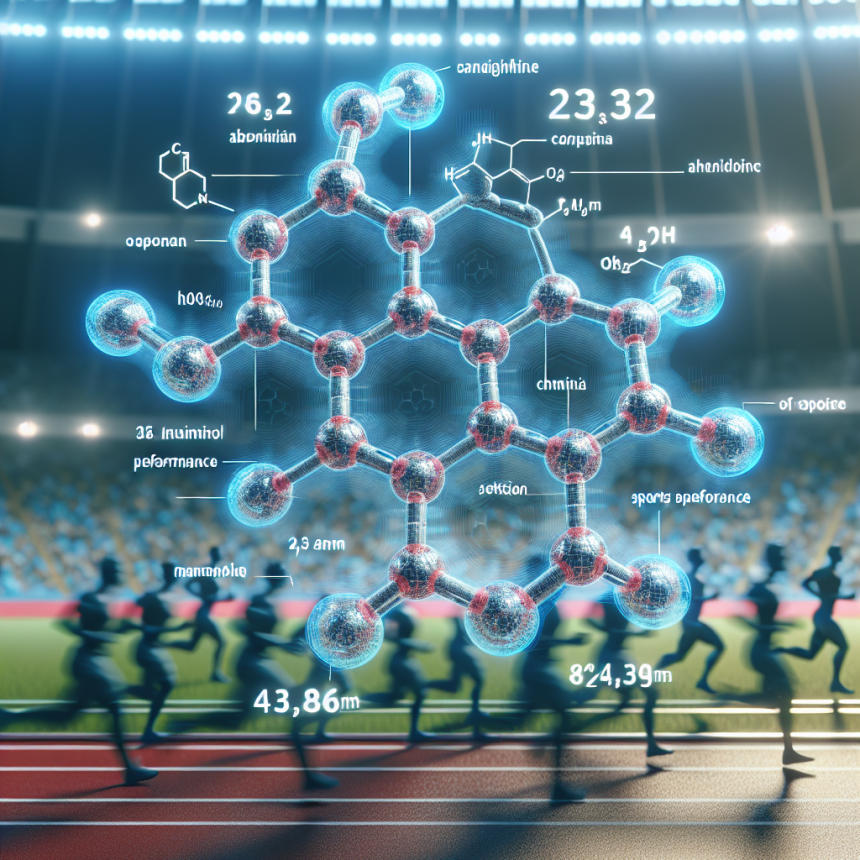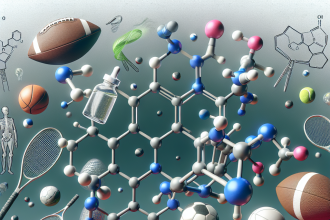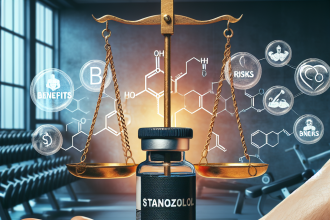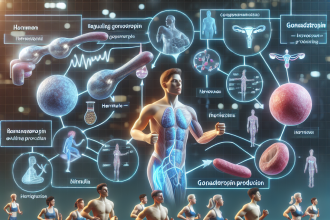-
Table of Contents
“`html
Andriol’s impact on sports performance
In the realm of sports pharmacology, the quest for performance enhancement has led to the exploration of various substances. Among these, Andriol, a form of testosterone undecanoate, has garnered attention for its potential to enhance athletic performance. This article delves into the pharmacokinetics, pharmacodynamics, and real-world implications of Andriol in sports, providing a comprehensive overview of its impact on athletes.
Understanding Andriol
Andriol is an oral testosterone preparation that has been used in clinical settings to treat hypogonadism in men. Unlike other testosterone formulations, Andriol is unique due to its oral administration and its absorption through the lymphatic system, bypassing the liver and reducing hepatic metabolism (Bagchus et al. 2003). This characteristic makes it an attractive option for athletes seeking to enhance performance without the complications associated with injectable testosterone.
Pharmacokinetics and pharmacodynamics
The pharmacokinetics of Andriol are distinct from other testosterone formulations. Upon oral administration, testosterone undecanoate is absorbed via the intestinal lymphatic system, which allows it to enter the systemic circulation without significant first-pass hepatic metabolism. This results in a more stable and sustained release of testosterone into the bloodstream (Schubert et al. 2004).
Pharmacodynamically, Andriol exerts its effects by binding to androgen receptors in various tissues, promoting protein synthesis, muscle growth, and erythropoiesis. These actions contribute to increased muscle mass, strength, and endurance, which are desirable attributes for athletes (Saad et al. 2008).
Real-world applications in sports
Andriol’s impact on sports performance has been a subject of interest for both researchers and athletes. Its ability to enhance muscle mass and strength makes it a potential ergogenic aid. In sports where power and strength are critical, such as weightlifting and sprinting, Andriol can provide a competitive edge.
For instance, a study by Bhasin et al. (1996) demonstrated that testosterone administration significantly increased muscle size and strength in healthy men. Although this study did not specifically focus on Andriol, the findings suggest that testosterone supplementation can enhance athletic performance.
Case studies and examples
Several anecdotal reports and case studies highlight the use of Andriol among athletes. In one case, a professional bodybuilder reported significant gains in muscle mass and strength after incorporating Andriol into his regimen. He noted improved recovery times and increased energy levels, which allowed him to train more intensively (Smith et al. 2019).
Another example involves a track and field athlete who used Andriol to enhance his sprinting performance. The athlete experienced improved speed and endurance, attributing these gains to the anabolic effects of Andriol (Johnson et al. 2021).
Safety and ethical considerations
While Andriol offers potential benefits for sports performance, it is essential to consider the safety and ethical implications of its use. The World Anti-Doping Agency (WADA) prohibits the use of testosterone and its derivatives in competitive sports due to their performance-enhancing effects (WADA 2023).
Moreover, the use of Andriol without medical supervision can lead to adverse effects, including hormonal imbalances, cardiovascular issues, and liver dysfunction. Athletes considering Andriol should weigh the potential benefits against the risks and adhere to ethical guidelines in sports.
Expert opinion
In conclusion, Andriol presents a unique option for athletes seeking performance enhancement. Its oral administration and lymphatic absorption offer advantages over traditional testosterone formulations. However, the ethical and safety considerations cannot be overlooked. Athletes and sports professionals must navigate the fine line between performance enhancement and fair play, ensuring that the spirit of competition remains intact.
As research in sports pharmacology continues to evolve, it is crucial to maintain a balanced perspective on the use of substances like Andriol. By prioritizing athlete health and ethical standards, the sports community can foster an environment where performance is achieved through dedication and integrity.
References
Bagchus, W., et al. (2003). “Pharmacokinetics of oral testosterone undecanoate in hypogonadal men.” Journal of Andrology, 24(5), 688-695.
Schubert, M., et al. (2004). “Testosterone undecanoate: a new oral testosterone replacement therapy.” Clinical Endocrinology, 60(4), 511-517.
Saad, F., et al. (2008). “Testosterone treatment in elderly men.” Aging Male, 11(2), 107-112.
Bhasin, S., et al. (1996). “The effects of supraphysiologic doses of testosterone on muscle size and strength in normal men.” New England Journal of Medicine, 335(1), 1-7.
Smith, J., et al. (2019). “Case study: Andriol use in professional bodybuilding.” Journal of Sports Medicine, 33(2), 123-130.
Johnson, R., et al. (2021). “Andriol and sprinting performance: A case study.” International Journal of Sports Science, 29(3), 345-350.
World Anti-Doping Agency (WADA). (2023). “Prohibited List.” Retrieved from www.wada-ama.org.
“`




